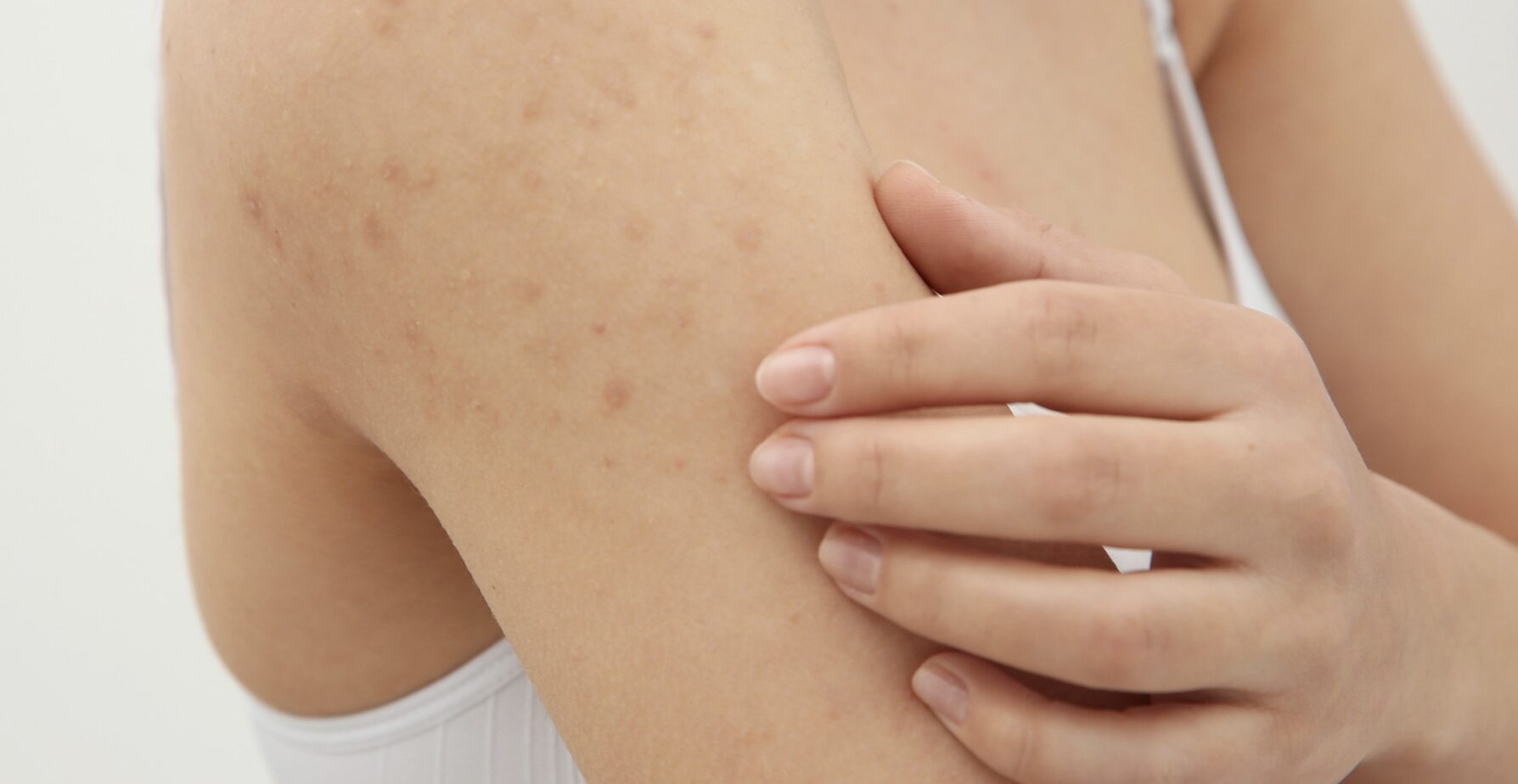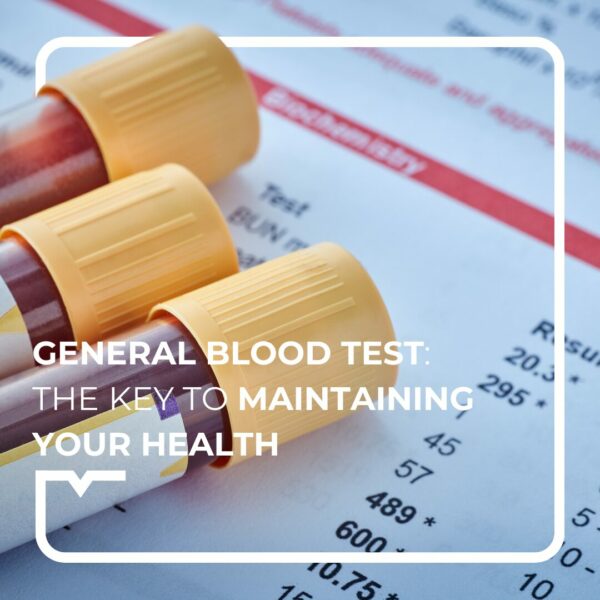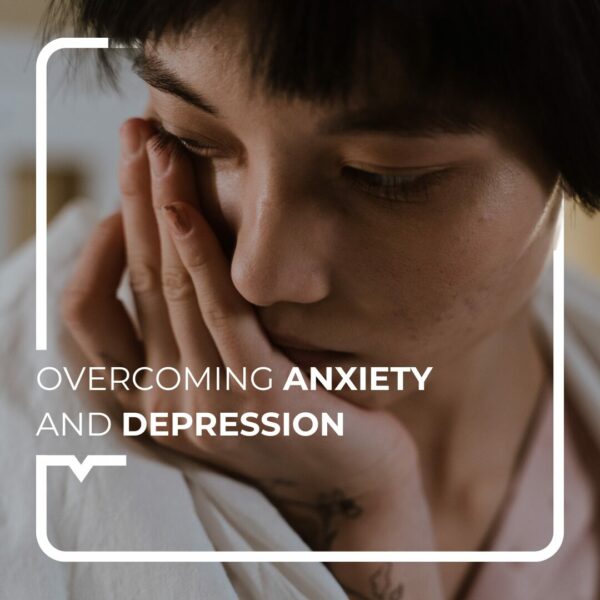Often attributed to some of the greatest epidemics in history, we forget that scabies or gale still exists and is in fact a fairly common disease.
Olà, Dr Joy here!
Today I’m talking about scabies.
Vamos!
What is scabies?
Scabies is a skin infection caused by microscopic parasites called Sarcoptes scabiei. They burrow under the skin where they lay their eggs. This causes intense itching and rashes under the body.
There are different types of scabies:
Classic
This is the most common form of scabies. It causes intense itching, rashes, blisters and visible furrows in the skin. The areas most affected are the hands, wrists, armpits and the folds between the fingers. Classic scabies can be effectively treated with antiparasitic medication and appropriate hygiene measures.
Profuse
Also known as Norwegian scabies. This is a rarer and more serious form of scabies. The infestation of parasites is massive and can affect large areas of the body, such as the hands, feet, face and scalp. Symptoms of profuse scabies are more severe and include intense itching, thick scabs, heavy dandruff and severe skin lesions. Profuse scabies is more difficult to treat and may require more powerful antiparasitic drugs.
Hyperkeratotic (or scabby)
Also known as crusted scabies, this is a rare and serious form. It causes severe itching, extensive skin lesions and pronounced inflammation. Treatment involves powerful antiparasitic drugs and local care to remove the scabs.
Infant
Infant scabies mainly affects young children. It is not considered serious, but must be treated quickly to relieve the symptoms: intense itching, blisters and redness of the skin, and to avoid complications. Treatment involves specific antiparasitic drugs and rigorous hygiene measures.
How do you get scabies?
Anyone can potentially catch scabies, because it is extremely contagious. A handshake, hug or sexual contact with an infected person is enough to transmit the disease. Sharing contaminated objects such as clothing, bedding, towels or toys can also be a source of contamination.
Cases of scabies are therefore more frequent:
In overcrowded environments: such as homes, long-term care facilities, prisons, dormitories, camps or homeless shelters.
Children, especially those attending day-care centres, schools or camps, may be more vulnerable because of their close contact with other children and group play activities.
Healthcare workers who have direct contact with infected patients and who handle contaminated clothing or bed linen.
What are the symptoms of scabies?
The symptoms can vary from person to person, and according to the severity of the disease. But they generally include:
- Intense itching, especially at night.
- Rashes that look like red bumps, blisters or scabs on the skin, particularly around the wrists, elbows, armpits, waist, buttocks and genitals.
- Lines or tunnels on the skin
- Scabs or scratching lesions on the skin, which can become infected if scratched excessively.
They are located on the areas of the body where itching is strongest:
Between the fingers of the hands ;
- On the front of the wrists;
- On the folds of the elbows and forearms;
- Around the navel ;
- On the inside of the thighs;
- Around the genitals in men and the nipples in women;
- On the buttocks.
How it is treated?
Si If you think you have scabies, it is important to consult a healthcare professional for an accurate diagnosis and appropriate treatment. Scabies treatment depends on the severity of the disease.
In Portugal, scabies is treated mainly by applying a cream to the affected areas, excluding the face and genitals, as there is no oral treatment.
As well as taking medication, it is important to take steps to prevent the infection spreading to other people, such as:
- In the evening, wash using a new towel and then change the sheets.
- Apply the cream before going to bed, sleep with it on and shower the next morning, using a new towel.
- Put on clean clothes and clean pyjamas.
- Repeat for 8 days.
- Bed linen, towels and all clothing should be washed at 60 degrees Celsius.
- Avoid close contact with other people until the treatment has been completed.
- Avoid sharing clothing and personal items with others.
- Inform people with whom you have been in close contact recently so that they can be examined for scabies.
It is important to follow the treatment instructions and recommendations of your healthcare professional to avoid reinfection and the spread of scabies to others.
See you soon,
Beijinhos,
Dr. Joy
Source:
This information is not a substitute for medical advice.
You must seek the advice of your doctor or another qualified health professional with any questions you may have regarding your health condition.



